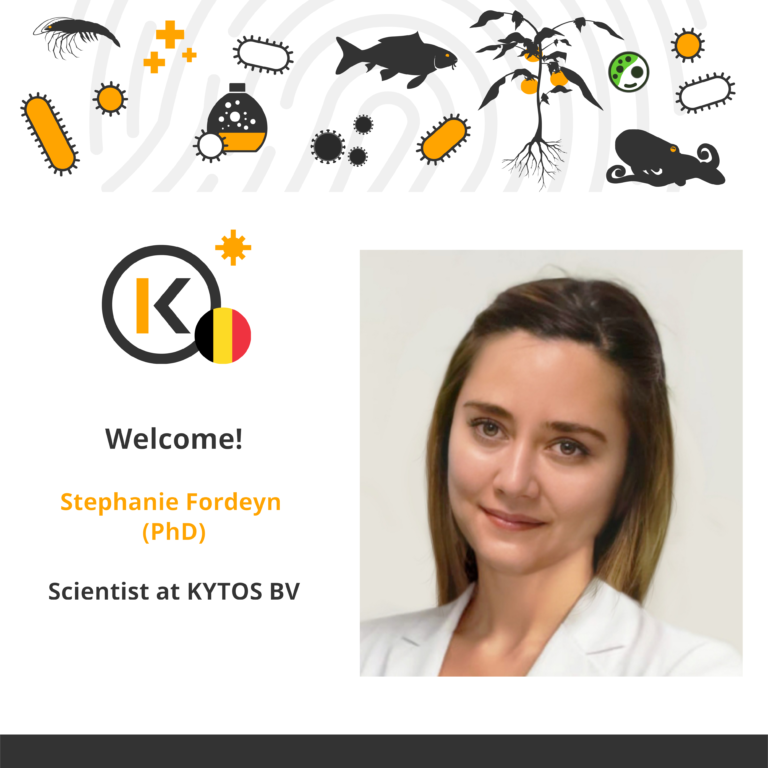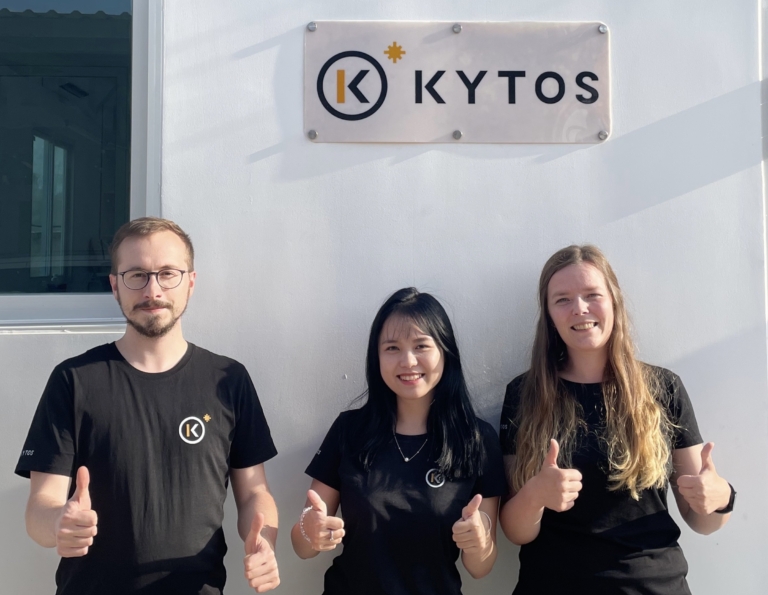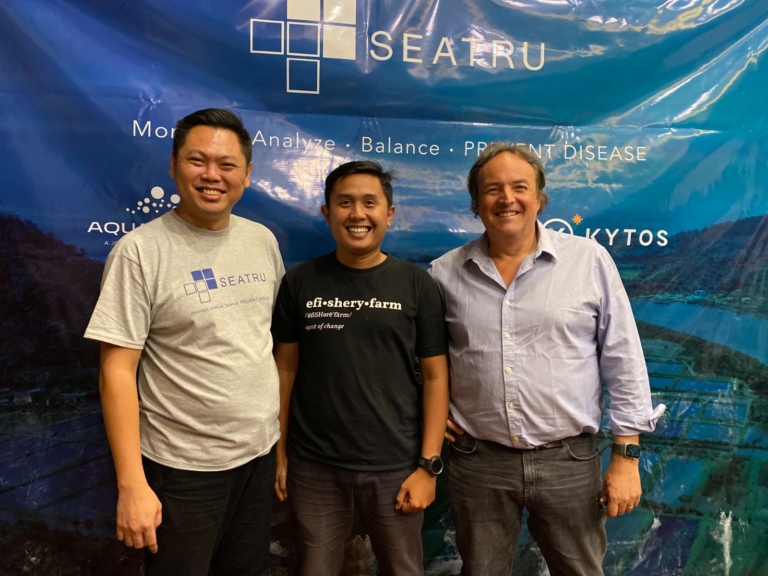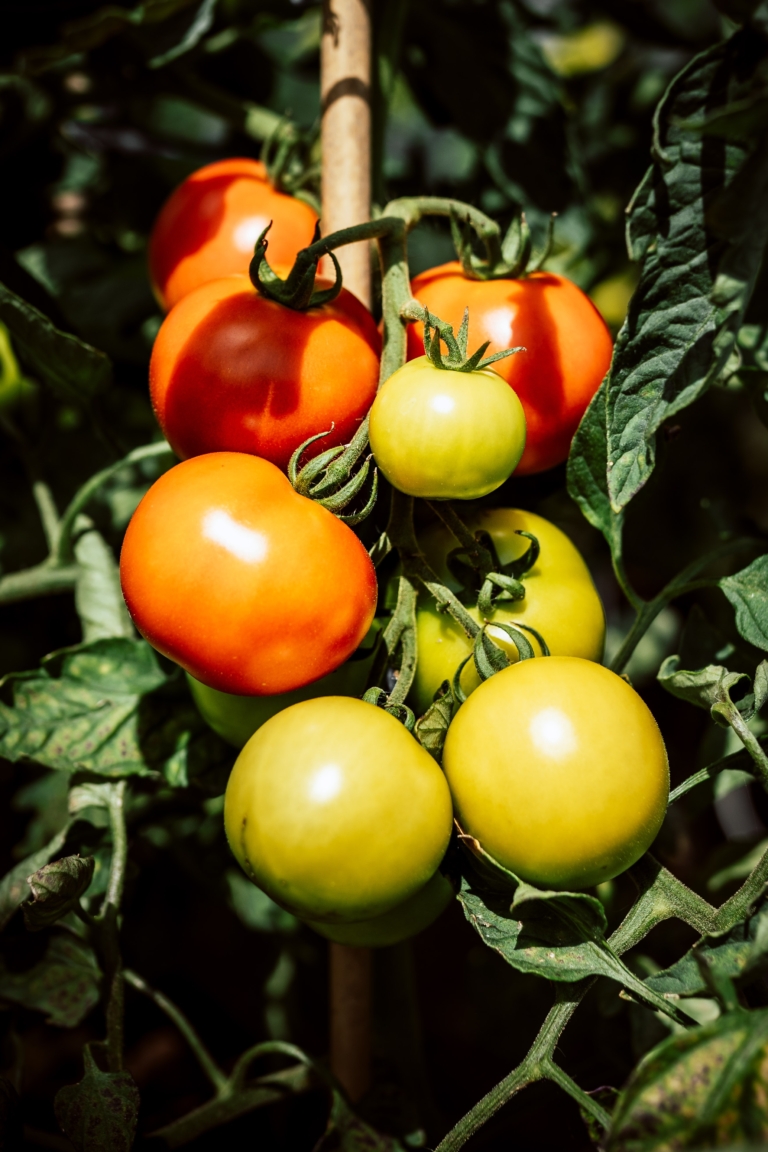Welcome Stephanie!
🚀 Join us in welcoming Stephanie Fordeyn, the newest addition to our stellar R&D team at KYTOS 🚀 👩🔬 Stephanie holds a PhD in biochemistry and biotechnology from VIB and brings a wealth of expertise and passion for understanding the intricate dynamics within environmental and plant microbiomes. 🦠 We’re excited to see the invaluable contributions…




